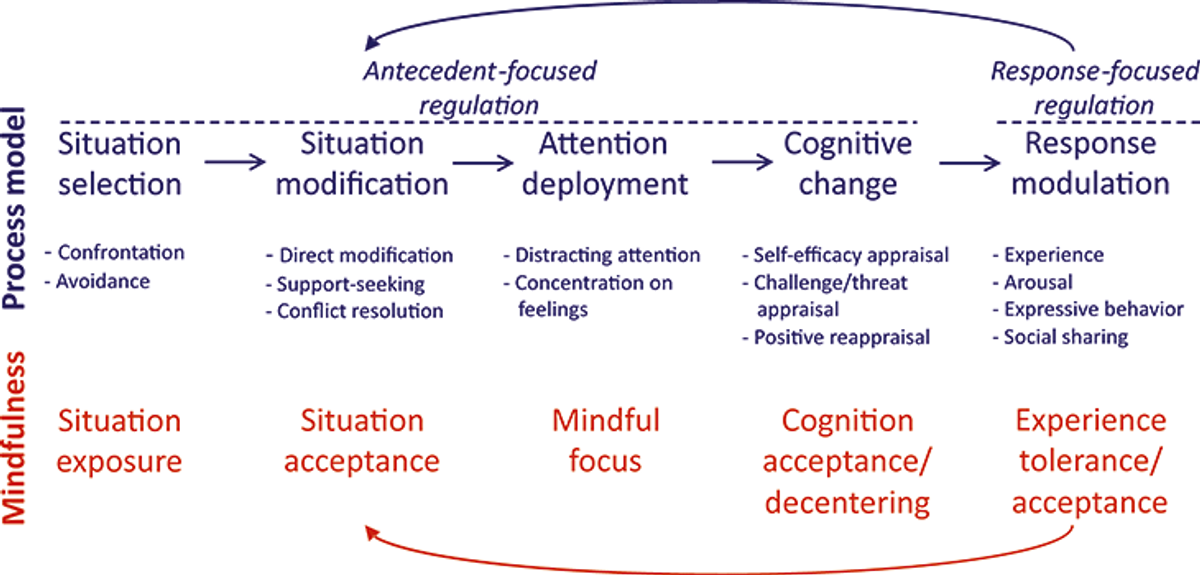Wellbeing Team

Emotional
There are often times when a feeling presents itself that takes hold of our minds, bodies, and actions. Like a puppet on strings, we think and act in a way that almost disregards the self, that supposedly drives this puppet. How often does this happen for you? Or even, how many times a day does this occur? I’m not just speaking about the emotions we might describe as unhelpful, like embarrassed, cranky, hurt or sad, but also kind, curious, hopeful and friendly. All emotions are meant to be felt, it is what we do with them that causes them to be helpful or unhelpful. The Bible has many examples of this that are worth reflecting on too.
- Jesus’ reaction to the temple square used as a market. – John 2:13-25
- Esther fasts, and asks all the Jews to fast for three days before she goes to the King. - Esther 4:15
- Jonah running from God’s call to Nineveh. – Jonah 1
- Peter denied knowing Jesus three times. – John 18:15-27
- King David and Bathsheba, the wife of Uriah. – 2 Samuel 11
It is noteworthy to mention Jesus’ reaction in the context of Jesus experiencing life as a human. His actions were perfect, and his reaction to the state of the temple was just. Joel Overweel, the Chaplain at Brooklyn Park mentioned John 1:14 in a newsletter a while ago, which speaks about the word (Jesus) becoming flesh.
For us though, a perfect reaction is not usually the case. Even when we respond the right way in a negative situation, our emotions can easily 'tip us over the edge', landing short of perfect.
I want to suggest a useful tool found in the Process Model. This follows how our emotions are triggered and then responded to. This includes:
Situation ➡️Attention➡️Appraisal➡️Response
Using this model effectively, we can critically reflect on the feelings we experience during times of helpful or unhelpful reaction. I challenge you to think of an emotional event that has happened recently in your life. The process model image attached below is quite information heavy; for younger readers, focus on the core ‘Mindfulness’ steps below to reflect on, and work through the process.
I supported a young person who has been experiencing big, challenging emotions which had 'gotten the better of them' in the yard. These are the steps we followed:
Step 1: Situation Exposure
Something happened. Come to terms with it, normalise the emotion. Things outside of our control do happen.
Step 2: Situation Acceptance
Your emotions are okay to have, sometimes we get mad, upset, sad etc. Something happened which caused that.
Step 3: Mindful Focus
What are you feeling? And why is that important? Is the feeling helpful? Do I need help from a person, place, or thing?
Step 4: Cognitive Acceptance
Who is in control of me? Where does this fit on the catastrophe scale? Am I safe, am I ok? What is something helpful I can do now?
Step 5: Response Modulation
Developing our ability to modify our emotional responses, both verbal and behavioural. What is a helpful way to respond in this situation? Helpful with/without words; and helpful with/without actions.
Take heart knowing that this is actually a natural process. That means you would already do this often many times a day. The trick is when carelessness, ignorance, avoidance, selfishness or just distraction, cause us to disregard the implications of the unhelpful behaviours, we exhibit following emotional experiences.
My son went through a wetting stage during the transition from nappies to spiderman jocks. We were trying hard to remind him and take him to the toilet pre-emptively. Sometimes it worked, sometimes it didn't. The point is my response to the accidents, when they occasionally happened, were more impactful than I first thought. Research suggests that a punitive approach to pant-wetting is counterproductive and, it was evident with Isaiah. If I was cross, and said “Isaiah!” exaggerating the ‘ai & ah’, he would cry and be more reluctant to have helpful behaviours that supported the transition. Once I figured … no, this was 100% my wife Amy telling me; once I started being more supportive, “Whoops! Oh well, lets clean you up. We will try to get to the toilet next time buddy.” In time, he made the transition well.
If your child is struggling or you have concerns, please reach out to our Wellbeing Team. If you would like to request counselling support for your child, you can make a referral on the Wellbeing Support page on the Emmaus Website.
Helpful links:
How to manage your emotions - TedEd
Understanding the Emotional Regulation Process Model
Jordan Wheatcroft
Student Wellbeing Counsellor


